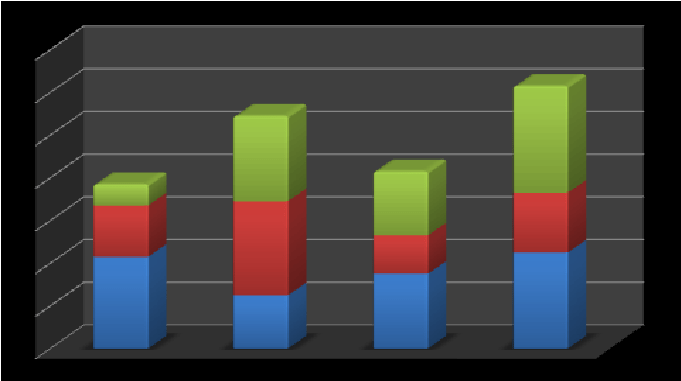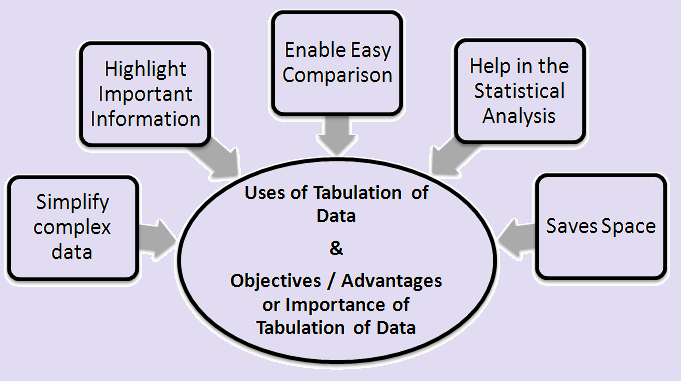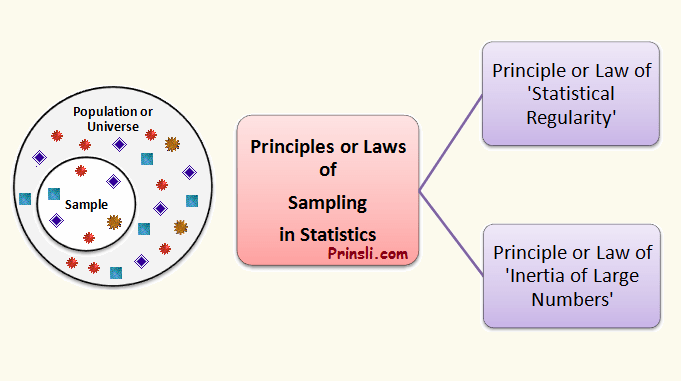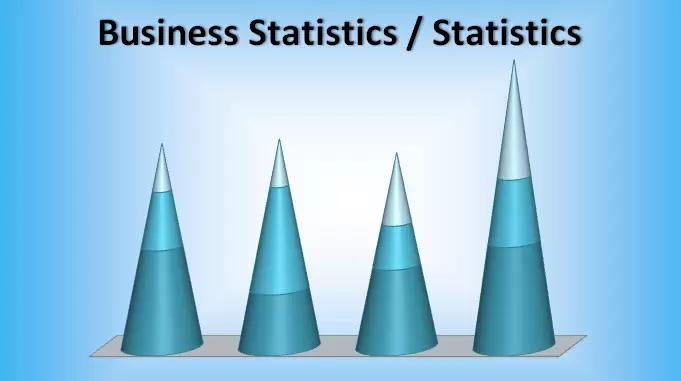
Frequency Distribution in Statistics:
Collected and classified data are presented in a form of frequency distribution.
What is Frequency:
The term “frequency” refers to how frequently something occurs, that is, a frequency is the number of occurrences of a data value. The frequency of observation tells the number of times frequently the observation appears in the data.
For example, the number 8 has a frequency of 4 in the following list of numbers, because it occurs 4 times:
1, 2, 3, 4, 6, 8, 9, 8, 5, 1, 1, 8, 0, 6, 8.
What is Frequency Distribution:
In statistics, a frequency distribution is a graphical or tabular representation, that shows the number of observations within a given interval.
In other words, the frequency distribution is simply a table in which the data is grouped into classes based on similar characteristics, and the number of observations in each class is recorded. It displays the frequency of occurrence of different values of a single variable.
Frequency distributions are especially useful for normal distributions, which show the observations of probabilities divided among standard deviations. Traders use frequency distributions in finance to keep track of price activity and identify trends.
Hence, Frequency distribution is the method of organizing data in such a way that all of its characteristics are summarised in a table.
Consider the following example to better explain this:
The following are the results of ten students in an exam:
85, 77, 50, 85, 50, 77, 77, 94, 94, 50.
Let’s put this data into a frequency distribution and see how many students received the same grade.
|
Exam Marks |
No. of Students |
|
50 |
3 |
|
77 |
3 |
|
85 |
2 |
| 94 |
2 |
Notice that all of the collected data is arranged under the column exam marks and the number of students. This makes it easy to interpret the data presented, and we can see the number of students that received the same grade. Hence, frequency distribution in statistics helps us in arranging data in a way that makes it simple to understand its characteristics at a glance.
See Examples of frequency distribution.
Read Also: Examples of Frequency Distribution in Statistics
Purpose of constructing a frequency distribution:
The purpose of constructing a frequency distribution is to achieve the following three objectives:
(i) to make data analysis easier.
(ii) to estimate the frequencies of an unknown population distribution from sample data distributions, and
(iii) to make the computation of various statistical measures easier.
(Source – Various books from the college library)
- Tags: frequency distributions, calculation of frequency distribution, frequency distribution table
Copyrighted Material © 2019 - 2024 Prinsli.com - All rights reserved
All content on this website is copyrighted. It is prohibited to copy, publish or distribute the content and images of this website through any website, book, newspaper, software, videos, YouTube Channel or any other medium without written permission. You are not authorized to alter, obscure or remove any proprietary information, copyright or logo from this Website in any way. If any of these rules are violated, it will be strongly protested and legal action will be taken.




Be the first to comment